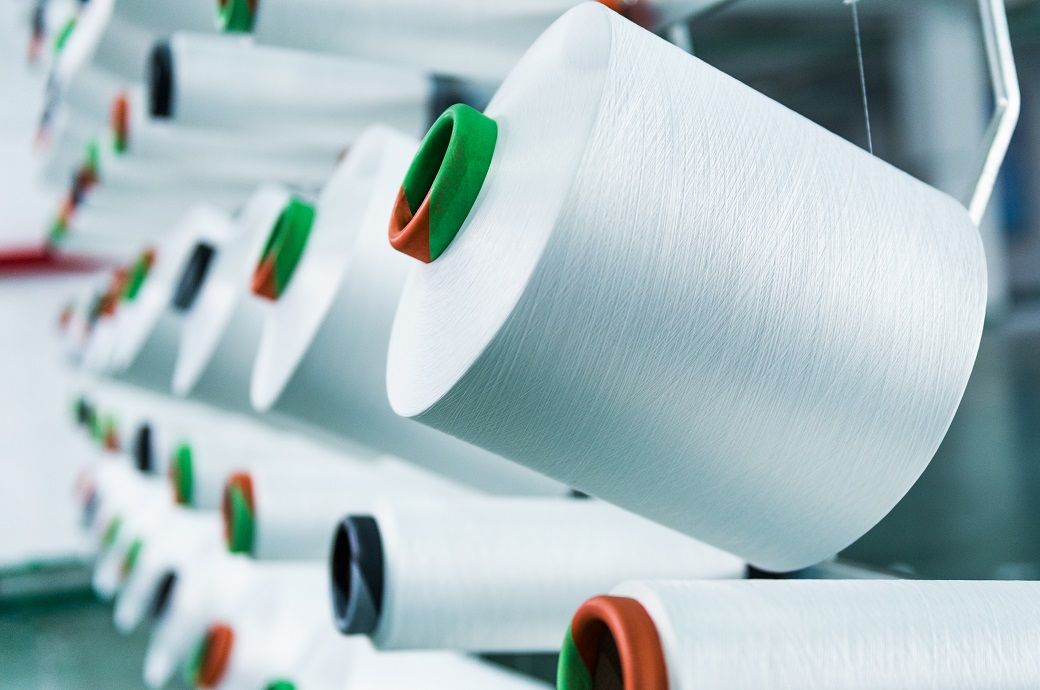
Demand conditions meanwhile worsened across the board. New business inflows fell at an increasingly severe rate in July, dropping to the greatest extent since last November. The decline in new orders notably exceeded that of output to a degree not seen since February 2009, hinting that companies will seek to reduce output further in the coming months in response to the worsening demand environment. There was steepening loss of new orders in the goods-producing sector, which saw one of the steepest declines since 2009.
The dearth of new orders meant backlogs of work fell at an increased rate as companies often relied on previously placed orders to support current operating levels. If the initial COVID-19 lockdown months are excluded, the latest drop in backlogs of work was the largest recorded since February 2013, and in the case of manufacturing the steepest since 2009, as per the survey.
The deteriorating order book situation dented business confidence, pushing companies’ expectations of output levels in the coming year to their lowest since last November. The latest decline pushed sentiment further from February’s recent peak and increasingly below the survey’s long-run average to thereby signal subdued optimism by historical standards.
With confidence waning and the demand environment worsening, companies pulled back on hiring in July, leading to the smallest monthly increase in employment since February 2021. The overall increase was only modest, reflecting a second successive month of manufacturing net job losses.
Manufacturers also adjusted to lower production requirements by further reducing their inventory levels. Stocks of finished goods were allowed to fall for a third month in a row and stocks of inputs fell for a sixth straight month, the latter declining at the sharpest rate since December 2012. July also saw the largest reduction in input buying by factories since May 2009 barring only the COVID-19 lockdowns of early-2020. This reduced purchasing of inputs by manufacturers took pressure off supply chains, which in turn helped supplier delivery times continue to improve at a rate not seen since 2009.
Inflationary pressures meanwhile moderated in July. The rate of input cost inflation fell again in July, down for a tenth straight month to its lowest since November 2020 and dropping further below the survey’s long-run average. Average prices charged for goods meanwhile rose at the slowest rate for 29 months.
In manufacturing, falling demand for inputs, combined with improved supply, led to further discounting in supply chains. Over the 25-year survey history, only the six-month period to May 2009 has seen a steeper rate of decline in average factory input prices than witnessed in July. Lower costs fed through to lower manufacturing selling prices, which dropped for a third successive month and at the sharpest pace since September 2009.
Looking at growth across the euro area, France reported an especially steep downturn in output, which fell for a second successive month and at the sharpest rate since November 2020. If the pandemic is excluded, the decline was the steepest since May 2013. Rates of contraction accelerated in manufacturing. Germany also fell into contraction, as output dropped for the first time since January and at the sharpest rate since last November. A steep fall in German factory output was observed. The rest of the region as a whole meanwhile eked out only very modest growth for a second successive month, representing the weakest performance so far this year, reflecting an increasingly severe downturn in manufacturing.
Fibre2Fashion News Desk (DP)